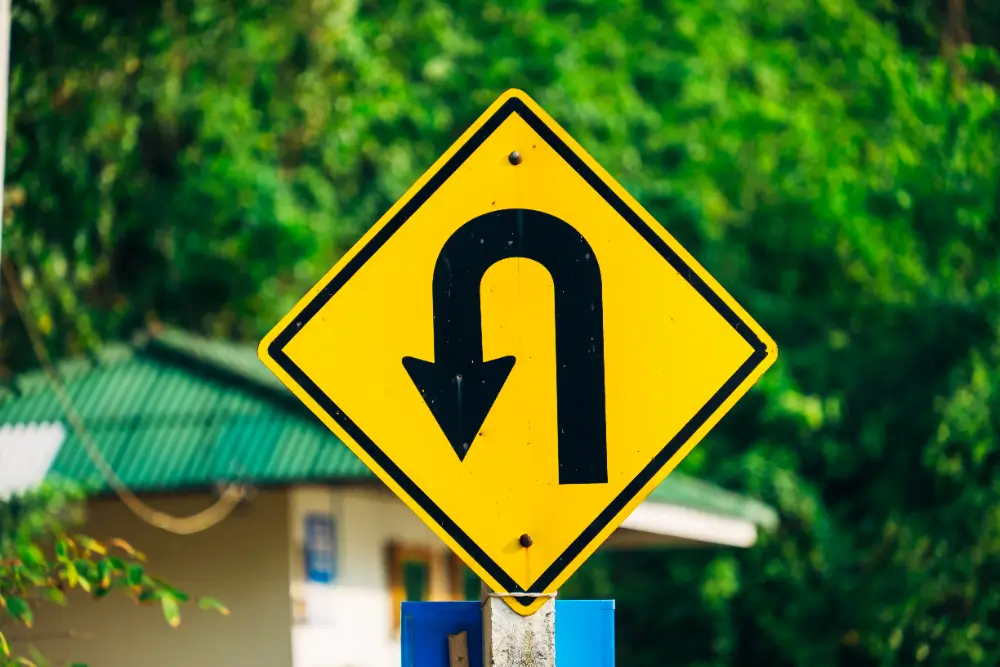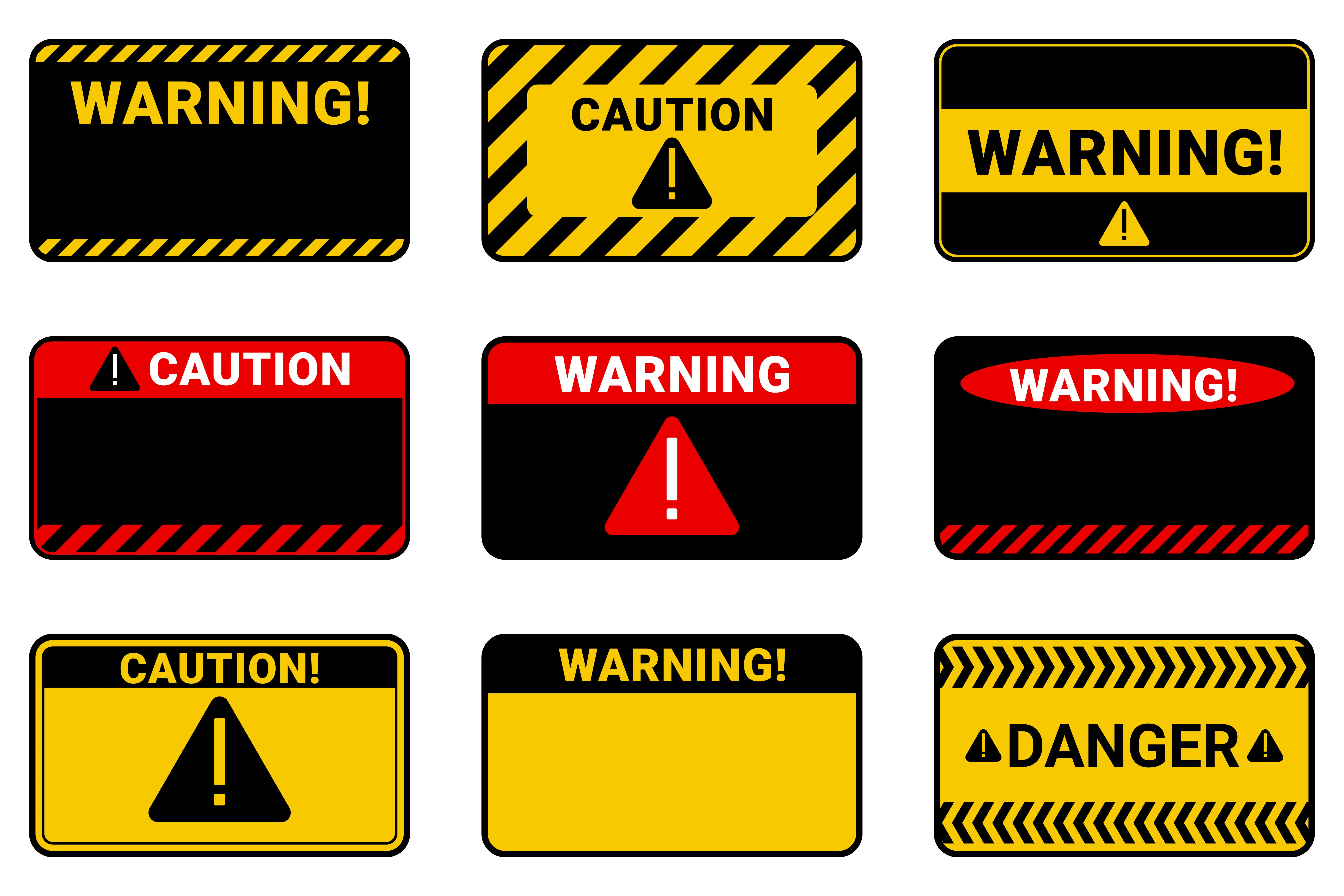When you’re driving, you encounter different shapes and colors of road signs, each designed to convey a specific message. But have you ever wondered why certain shapes are used for specific signs? One of the most important shapes on the road is the diamond, which is used for warning signs. Understanding the significance of these shapes can help you become a safer, more aware driver.
What Shape Is a Warning Sign?
In the United States and many other countries, warning signs are almost always diamond-shaped. These signs are used to alert drivers and pedestrians to potential hazards or changes in road conditions that require caution.
- Diamond Shape: Most warning signs are diamond-shaped with a yellow background and black symbols or text. They’re used to warn of upcoming curves, pedestrian crossings, merging traffic, or slippery roads.
- Why Yellow? Yellow is used because it grabs attention and conveys a sense of caution, while the diamond shape reinforces the need for awareness.
Common Examples of Diamond-Shaped Warning Signs:
- Curve Ahead
- Deer Crossing
- Merging Traffic
- Slippery When Wet
Why Use a Diamond Shape for Warning Signs?
The diamond shape is used because it’s easy to recognize and distinguish from other signs. Its symmetrical design signals caution, alerting drivers to slow down or take appropriate action.
Why Do Warning Signs Have Different Shapes?
While most warning signs are diamond-shaped, it’s important to know why different shapes are used for other types of traffic signs. Each shape serves a specific function:
1. Regulatory Signs – Rectangular or Square
Regulatory signs, such as speed limits or parking restrictions, are usually rectangular or square. These signs provide mandatory instructions that drivers must follow.
2. Stop Signs – Octagon
Stop signs are uniquely shaped as octagons to stand out. This distinct shape immediately signals the need to stop, ensuring that drivers recognize them even if the sign’s color or text is obscured.
3. Yield Signs – Triangle
Triangle-shaped signs indicate yield situations, where drivers must slow down and give the right of way to other vehicles or pedestrians.
4. Guide Signs – Rectangle or Square
Guide signs provide directions, route information, and distances. They are often rectangular and come in colors like green, blue, and brown.
5. Construction Signs – Diamond or Rectangle
Construction signs, which are usually temporary, are often diamond-shaped as well but feature an orange background to indicate road work or detours.
Why Recognizing Sign Shapes Matters
Recognizing sign shapes enhances road safety by allowing drivers to identify and respond quickly, even before reading the sign’s content. Shape-based recognition is especially useful in situations where visibility is reduced or when a driver needs to make a split-second decision.
Key Reasons Why Shape Matters:
- Universal Recognition: Diamond shapes are globally recognized as warning signs, ensuring consistency across different regions.
- Enhanced Safety: Drivers can quickly anticipate potential hazards and take necessary precautions.
- Minimizes Confusion: Consistent shapes reduce confusion, allowing drivers to react appropriately.
Types of Warning Signs and Their Meanings
1. Curve or Turn Signs

- Indicate upcoming curves or turns that require slowing down.
- Example: “Sharp Curve Ahead”
2. Pedestrian Crossing Signs
- Alert drivers to areas where pedestrians frequently cross.
- Example: “School Zone – Watch for Children”
3. Intersection Warning Signs
- Warn of intersections where cross traffic may appear.
- Example: “Crossroad Ahead”
4. Animal Crossing Signs
- Indicate areas where animals may cross the road.
- Example: “Deer Crossing”
5. Slippery Surface Warning Signs
- Warn of hazardous road conditions due to wet or icy surfaces.
- Example: “Slippery When Wet”
6. Road Work and Construction Signs
- Notify drivers of ongoing construction and possible changes in traffic flow.
- Example: “Road Work Ahead”
How to Identify Warning Signs by Shape
Even if you can’t read the text or symbols, identifying a diamond-shaped sign on the road should signal that a warning is ahead. Here’s a simple guide to help you quickly recognize warning signs by their shape:
- Diamond Shape = Warning/Caution
- Octagon Shape = Stop
- Triangle Shape = Yield
- Rectangle or Square = Information or Regulation
Pro Tip:
Pay attention to colors as well. While yellow is commonly associated with general warning signs, orange is used for construction warnings, and fluorescent yellow-green is often used for pedestrian and school zone warnings.
The Difference Between Warning and Regulatory Signs
It’s easy to confuse warning signs with regulatory signs, but they serve different purposes:
- Warning Signs: Provide advance notice of potential hazards or changes in road conditions. These signs are typically diamond-shaped and yellow.
- Regulatory Signs: Inform drivers of traffic laws they must follow. They are usually rectangular with white backgrounds and black text.
Understanding the difference helps drivers comply with traffic laws and promotes safer driving.
Conclusion
Understanding which shape is a warning sign plays a vital role in promoting road safety. The diamond shape, with its bright yellow background, signals caution and alerts drivers to upcoming changes or potential hazards. Recognizing and responding appropriately to these signs can prevent accidents, ensure smoother traffic flow, and ultimately save lives.
By familiarizing yourself with different sign shapes and their meanings, you become a more informed and responsible driver. The next time you see a diamond-shaped sign, remember that it’s more than just a shape — it’s a warning designed to protect you and others on the road.



